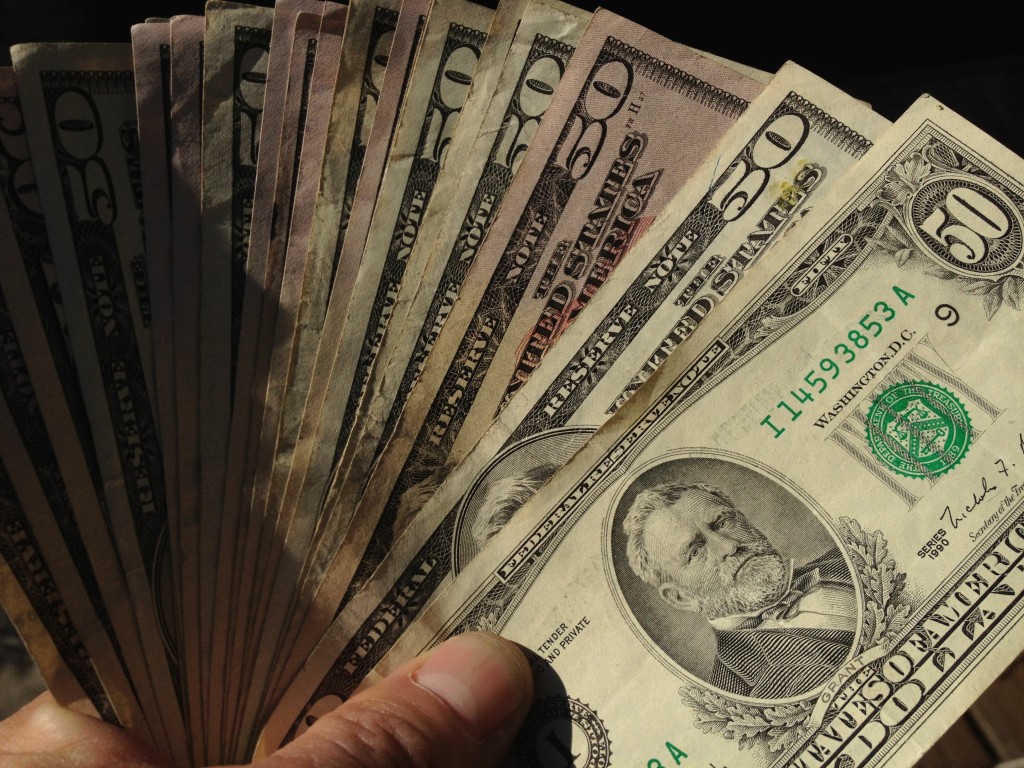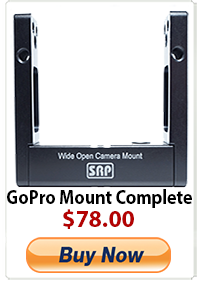Lessons Learned Where You Least Expect It.
I recently shot a few interviews for the Making Of website. I got the email and quickly followed up with this reply. Yes, I am available. What’s the shoot and what is the rate. The response was two short interviews and the rate was very low. However it’s the holidays and I am a sucker for extra cash around this time of the year. They wanted to shoot two cameras. Both locked off on tripods. Sounds fairly easy, right? I have learned this lesson from a previous low paying gig. Trying to spin two cameras, light the interview and record audio can be done by one person. However, something will always get sacrificed and you may end up looking like a sub par camera person. Some people can easily write that off to the low rate. However you run the risk of not getting hired again. Or worse, getting your name dragged through the mud for a few lousy extra pennies for the holidays. Having learned this lesson the hard way, I decided to split the rate with my man Chris Collins and bring him along for the ride.
The first interview with The Bandito Brothers was fairly easy, we breezed through that one and headed off to shoot Beginners director Mike Mills. It was the usual situation. “We have to start right on time and he has to leave right away, blah, blah, never heard that before. We quickly set up camera, lights, audio, etc. Ready to go in under half an hour. Talent walks in, sits down and off we go. The setup was just OK, not my best work by any means. Interviews are always tricky. Do you interrupt the interview? Will that reflect poorly for future work? Will you loose the momentum? Too many things to consider.
It was during that interview that I had an epiphany about something very fundamental for a cinematographer. We have the power to stop the show whenever we want. This is what separates a great DP from a good DP. The ability to stop filming if the image in front of the lens looks bad. Harris Savides used to do it in a very whiny voice, Sal Totino freaked out when I let the director grab a shot of a keyboard while he was off set. The great DP’s have no qualms about stopping the show to protect their image. It was this low paying holiday gig that taught me that it’s better to stop filming if it’s looks like shit. Unless of course, you are shooting a commercial, about shit.
-
http://twitter.com/jdwiden Jeremy Widen
-
Goforjared
-
Richard
-
http://twitter.com/OliKember Oliver Kember
-
http://josue.us Josue










